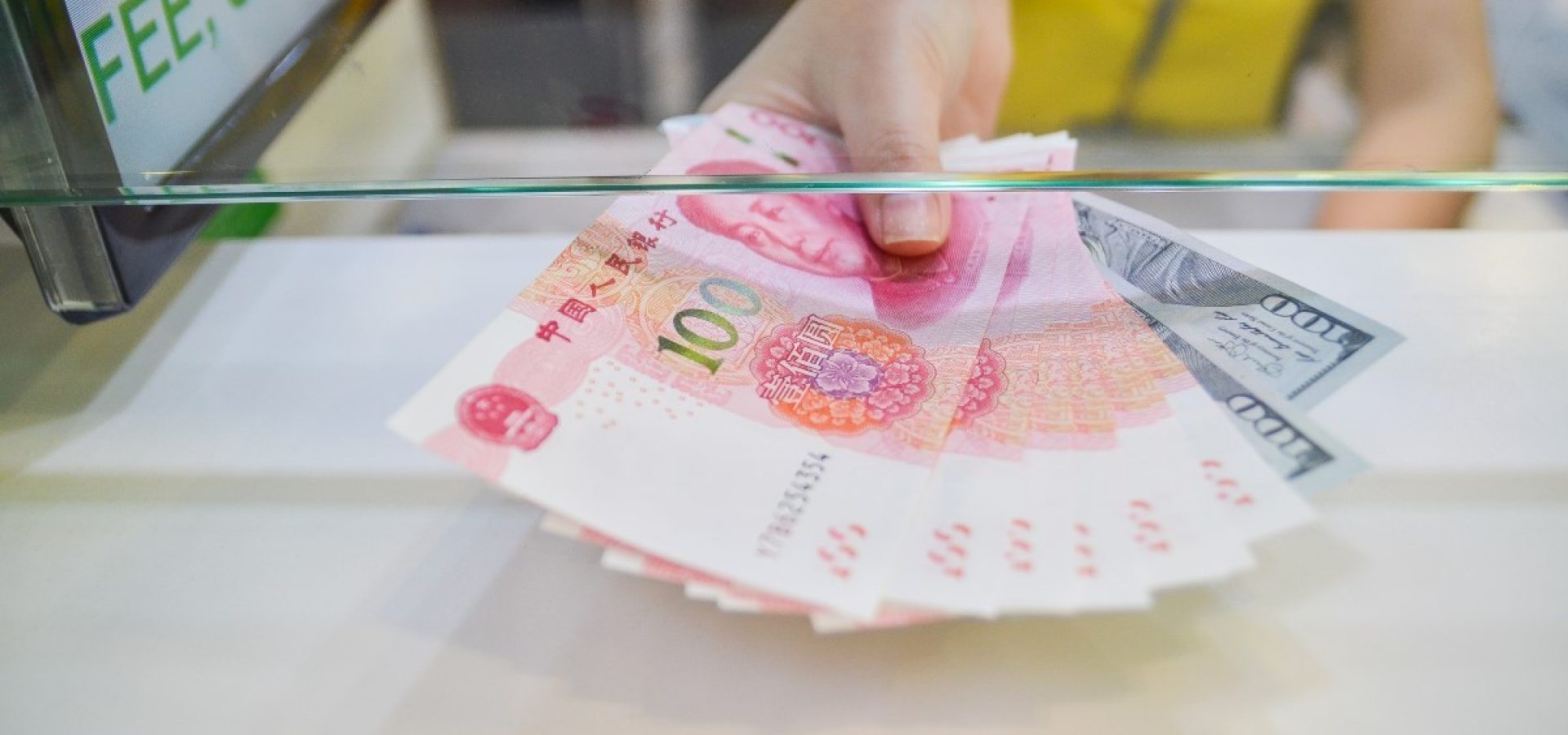The Australian dollar was low for some time now, due to the stall in the domestic economy. But it rose from 0.5% to $0.6879 after a nine-month low. Uphill was caused by the jobs data, which showed a surprise drop in unemployment. After a while, the Aussie settled back to $0.6866. Nevertheless, according to the data, 28,900 jobs created in December, almost more than double than analysts expected. It spurred an unwinding of bets, which the central bank will cut rates next month.
The safe-haven Japanese yen also gained, but the Chinese yuan wavered on Thursday due to the Chinese virus. It has already killed 17, and nearly 600 people are infected. China locked down Wuhan, which has a population of 11 million people. Experts think that the outbreak originated from an animal market.
Analysts recommend safety moves for investors’. Head of Research at Melbourne brokerage Pepperstone noted that danger isn’t averted yet. “Yesterday, we thought that it was one sell-off and done… but today it’s a bit of a slap back to reality,” – announced Chris Weston.
The Dollar Hit a High Record Against the Falling Yuan
The yuan traded at 6.9254 midsession. According to Weston, USD/CNH is up because people assume that there is some stimulus on the back of this. Investors fear how this situation will impact economics.
While the yuan trudges down, the Japanese yen increased by 0.2%, hitting a two-week high of 109.56 per dollar as investors sought safety. Japan solidifies its position as the largest creditor worldwide step by step.
The U.S. dollar is steady. It rose slightly against the euro and kiwi and edged up to 97.552 against a basket of currencies. Bond prices also jumped. The Yields on benchmark 10-year U.S. Treasuries edged lower to a two-week trough due to it. While the British pound settled a bit below a three-week high at $1.3125.









COMMENTS